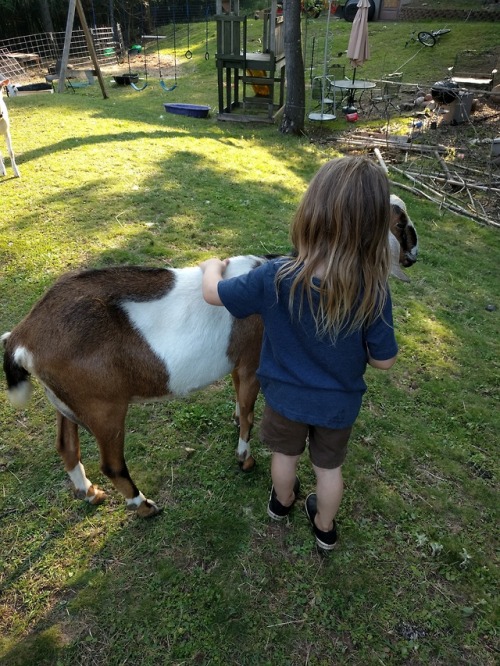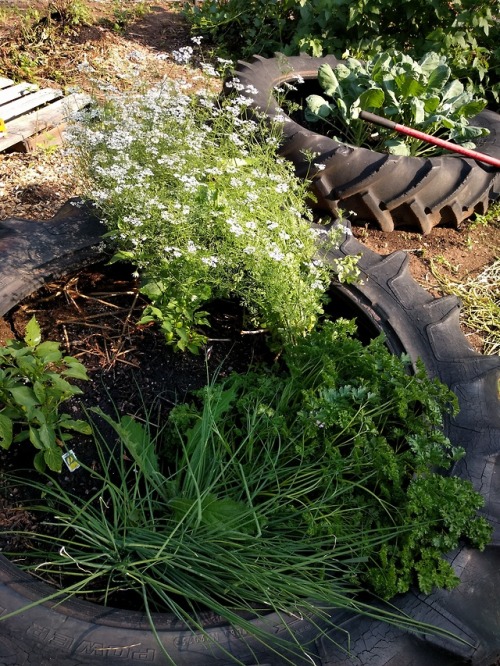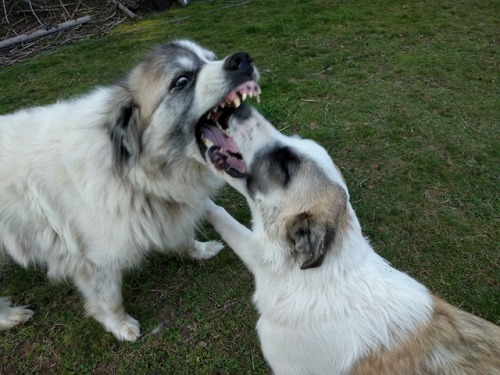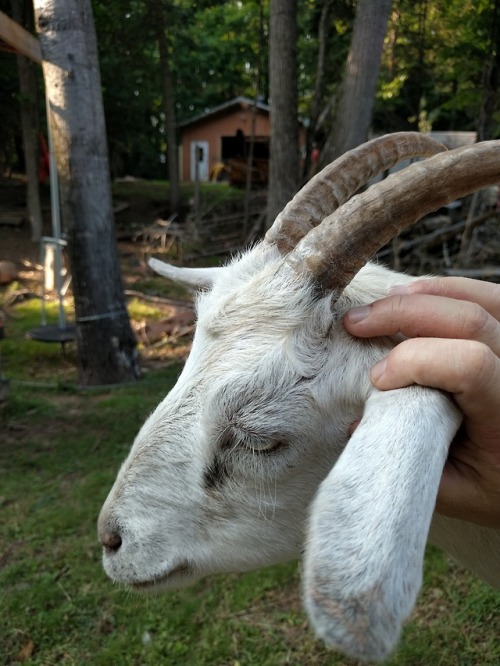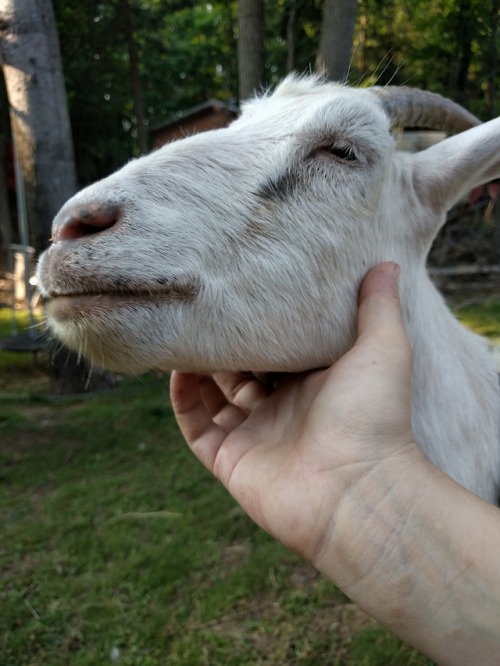#currants
Life on the farm. Happy kid, happy animals. Black currents and other things in the garden…
The first photo is the recreational area I put in the garden, behind the cedar with a sandbox in a tractor tire. It’s the burned sod I got for free and nursed back to health, contrast that with the next picture and you can see how sad our pasture is. It’s been over-grazed so the herd spends much of their time in the pen but we bring them out to play, walk in the woods and eat brush, etc. They are eating mostly hay this year, but I toss them garden weeds and leafy/piney branches when we cut wood.
In the garden shots are herbs in raised beds (tires) and I’m using baling twine from our big hay bales to train my climbing rose (‘Wiliam Baffin’, the hardiest climber I could find) to wrap around the cedar. The new pup is getting big and her and the older livestock dog spend all day together, playing and patroling.
July 20, 2017
Post link
By: Mark Dingemanse, Giovanni Rossi, and Simeon Floyd
Published by: Language in Society
Volume 46, Issue 2
Pages 129-158
LL Abstract:
In this article, Dingemanse, Rossi, and Floyd look at the use of place references in narratives from 3 societies/languages (Cha’palaa, a Barbacoan language of Ecuador; Northern Italian, a Romance language of Italy; and Siwu, a Kwa language of Ghana). The authors find that place references are used in all three languages to set the stage or foreshadow events and to make the story cohere by anchoring elements of the developing story. This systematic study identifies possible uses of place reference that are generic to narratives across all three languages, suggesting that storytelling in conversation is a useful area to perform such comparative research.
LL Summary:
The article begins with noting the intersubjective notion of place referencing and by defining what exactly is a place reference: a possible answer to a “where-question” - in other words, a place that is logically connected to other places (recursive) and can be represented in a variety of forms. Dingemanse et al. then begin with an example analysis from a conversion in the British TV quiz show QI, demonstrating peoples’ normative understandings for how to begin stories as seen in the words of comedians Jimmy Carr and Sue Perkins. Observing how listeners in this orient to what place references evoke (i.e. inferences to a story’s point or a story’s later events) in this example, the authors introduce their aim in this paper: to identify the affordances of place references in narratives and to find cross-linguistic evidence for their use in conversational storytelling. The article then reviews previous literature from conversation analysis on the structure of story beginnings in various cultures and languages, introducing the background of the data in their current study: 108 narratives from videotaped natural conversations in the three languages of interest: Cha’palaa, Northern Italian, and Siwu. In 56 of these narratives, the analysts find place references that generally perform two affordances across all three languages: setting the stage and making the story cohere. Using a story about graveyard snakes from Siwu and 2 stories (about boar-hunting and women downriver) from Cha’palaa, the authors show how inclusion of place references serve to signal the start of a story and what it’s about (while it’s exclusion leads to sidebar conversation). Next, story beginnings from all three languages are analysed to show the second function of place references- making the story cohere, or providing a reference point for subsequent elements and developments of the story. Again, the authors use counter-examples to illustrate how the lack of a place reference in the appropriate place in a story leads to consequences (such as the humorous asides following one Northern Italian speakers’ lack of specificity). Dingemanse et al. argue that this and other examples reveal that references to places act as a binding technique to introduce and contextualise other elements and developments of the story. The article continues by introducing examples where place is under-specified, usually in narratives about the here and now, where narrators can draw on their current situation or elements of prior talk to make up for the lack of place in their narrative. In the final section, the authors discuss the differences between ‘location’ and ‘setting,’ how references can be ‘recognitional’ (known to the audience) or ‘non-recognitional’ (not intended to be known to the audience), and different language-specific practices for referring to place. Finally, they conclude that speakers flexibly use the interactional affordances of place references to meet the challenges of telling a story in conversation and call for further study of cross-linguistic features in this area of interaction.
LL Recipe Comparison:
This article reminds me of the recipe for Linguine with Cauliflower, Pine Nuts, and Currants:

While Dingemanse et al. find similarities in the ways that three cultures use the same linguistic strategy (place reference) in storytelling, you will count yourself lucky that this recipe combines three different ingredients into the same delicious dish! The brown butter sauce in this recipe brings out the flavor of the savory ingredients, much as the research of Dingemanse et al. brings out the interesting aspects of what makes a story compelling no matter what culture you belong to. And just like a story is incomplete without a grounding in place, this dish would be incomplete without generous amounts of Parmesan! Good Cooking!
MWV 8/22/18




Currants






